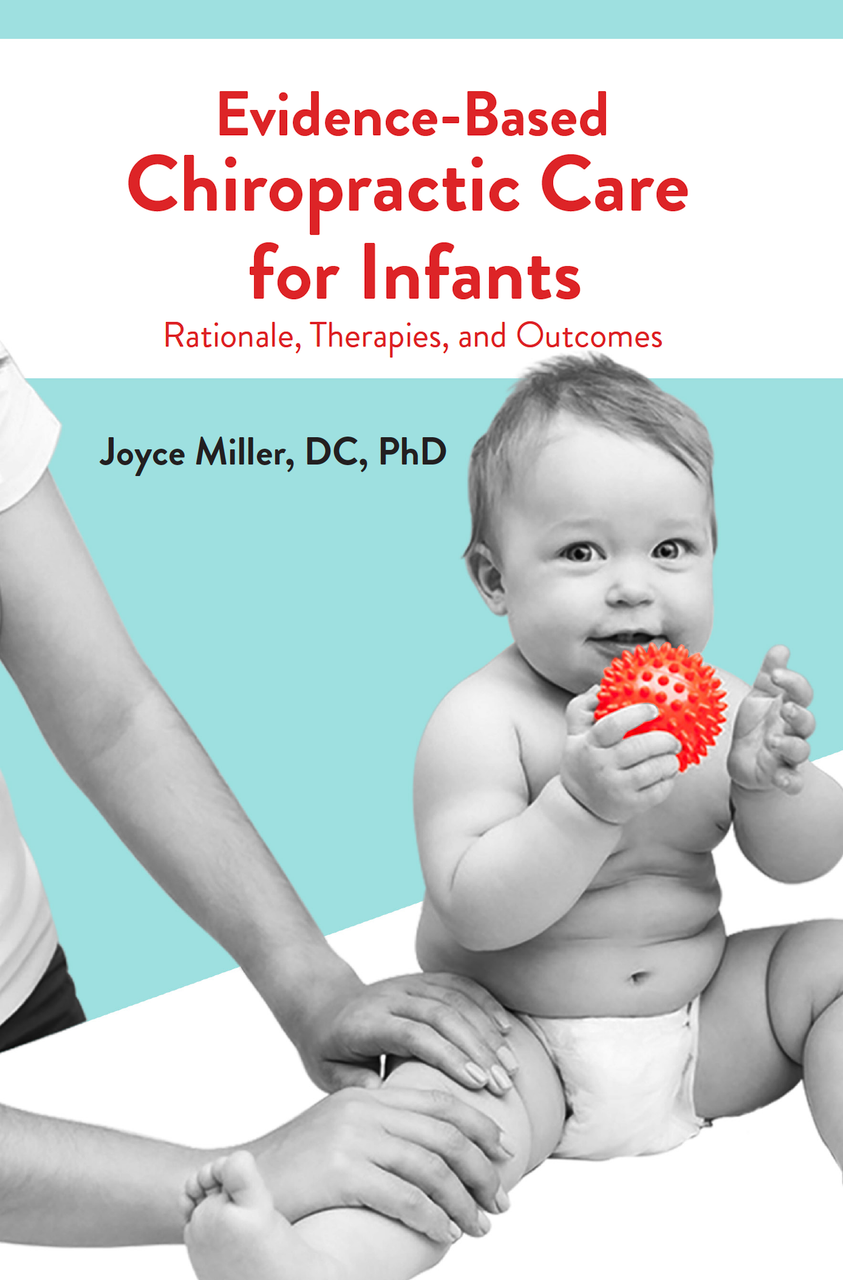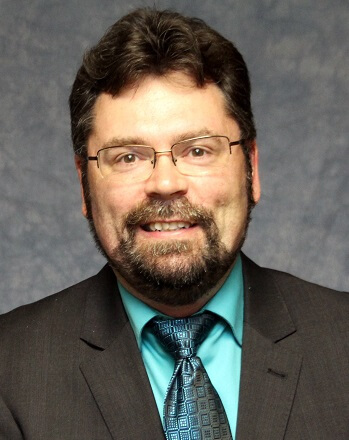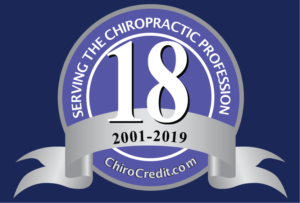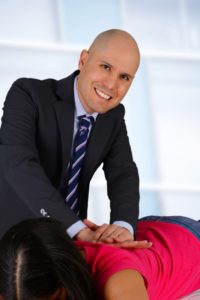 In this update, I will summarize key points from recent scientific literature regarding the practice of chiropractic, patient profiles, utilization rates, chiropractic assessment and care methods. Much of the information comes from the excellent work of Beliveau et al (2017) who did a scoping review and used 337 articles from across the globe. I have provided references to other key papers also.
In this update, I will summarize key points from recent scientific literature regarding the practice of chiropractic, patient profiles, utilization rates, chiropractic assessment and care methods. Much of the information comes from the excellent work of Beliveau et al (2017) who did a scoping review and used 337 articles from across the globe. I have provided references to other key papers also.
Chiropractors practice in over 100 countries. There are 90 existing national chiropractic associations across the world. Chiropractic has become one of the most commonly used health professions in the United States and Europe. A substantial proportion of US adults utilize chiropractic services and report associated positive outcomes for overall well-being and/or specific health problems for which concurrent conventional care was common (1). Chiropractors provide a significant amount of care for patients with many health conditions including low back and neck pain. The profession is a major participant in the health care expenditures of the United States and Denmark. As an example, here in the United States in 2015, chiropractors provided 18.6 million clinical services under Medicare and overall spending for chiropractic services was estimated at USD $12.5 billion (Beliveau et al, 2017).
According to the American Chiropractic Association (2), there are 77,000 chiropractors in the United States with roughly another 3,000 chiropractors that work in academic and management roles. There are approximately 10,000 chiropractic students in 18 nationally accredited, chiropractic doctoral programs across the United States with 2,500 chiropractors entering the work environment each year. Estimates indicate that chiropractors treat more than 35 million Americans (adults and children) annually. Chiropractors are designated as physician-level providers in the vast majority of states and the federal Medicare program. The essential services provided by chiropractors are also available in federal health delivery systems, including those administered by Medicaid, the U.S. Departments of Veterans Affairs (VA) and Defense, Federal Employees Health Benefits Program, Federal Workers’ Compensation, and all state workers’ compensation programs. Chiropractic is currently offered at 75 VA facilities and 66 military hospitals/clinics.
National and international guidelines include chiropractic (spinal manipulation) for low back pain (LBP) and neck pain. A short summary (3-4) of recent guidelines include:
- For acute and chronic LBP, a review of clinical practice guidelines (CPGs) on the noninvasive management of LBP and 3 national CPGs published since 2016 in the United States (Agency for Healthcare Research and Quality [AHRQ] comparative effectiveness review [CER]), the UK (National Institute for Care Excellence [NICE]), and Denmark (Denmark National Guideline) recommend considering manual therapy, including SMT, mobilization, or soft tissue techniques such as massage
- An additional CPG, by the American College of Physicians (ACP), recommends clinicians select nonpharmacologic treatment for acute and chronic LBP (superficial heat, massage, acupuncture, and SMT) before pharmacologic treatment options
Chiropractic utilization rates
- Across the world, 52 studies (Beliveau et al, 2017) have found the median 12-month use of chiropractic services was 9.1% and lifetime utilization was 22.2%
- In Canada and the United States there has been an increased 12 month utilization rate from 10% to 11.7% and from 7.2% to 10.7% respectively from the 1980’s until 2015
Who delivers spinal manipulation?
- Among the 8.5% of US adults who reported receiving manipulation, 97.6% saw chiropractors according to the 2012 National Health Interview Survey (5)
Reasons for seeing a chiropractor
- For the general population, the most common reasons for seeking care from a chiropractor included: low back pain (49.7%), neck pain (22.5%), extremity problem (10%), wellness/maintenance (7.5%), hip pain (7%), headache (5.5%)
- For the pediatric population, the most common reasons for seeking care from a chiropractor included: musculoskeletal conditions (44%), excessive crying (19.8%), neurologic conditions (17.9%), gastrointestinal conditions (17.5%), ear/nose/throat conditions (8.3%) and infection (7%) (Beliveau et al, 2017)
Profile of chiropractic patients
- People who sought chiropractic care were more likely to be female with a median age of 43.4 years
- 3% of the chiropractic patient population were employed, and a smaller proportion were either retired, unemployed, or students
- People with disabilities constituted only 1.4% of chiropractic patients (Beliveau et al, 2017)
Types of chiropractic assessments used in practice
- The most common assessment methods included: static palpation (89.3%), motion palpation (86.5%), spinal examination (79.5%), orthopedic examination (71.8%), neurological examination (64.6%) (Beliveau et al, 2017)
Types of chiropractic treatment provided
- Across the globe, spinal manipulation (79.3%), soft-tissue therapy (35.1%), formal patient education (31.3%), nutritional supplements (30.9%), exercise instruction/prescription (26%)
- Interestingly the NBCE (National Board of Chiropractic Examiners) found that in the US: 98.8% of chiropractors provide ergonomic/postural advice, 98.5% of chiropractors provide physical fitness/exercise promotion and 97% of chiropractors provide nutritional/dietary recommendations (Beliveau et al, 2017)
References:
Main Source: Beliveau PJH, Wong JJ, Sutton DA et al. The chiropractic profession: a scoping review of utilization rates, reasons for seeking care, patient profiles, and care provided. Chiropr Man Therap. 2017 Nov 22;25:35.
1. Adams J, Peng W, Cramer H, Sundberg T, Moore C, Amorin-Woods L, Sibbritt D, Lauche R. The Prevalence, Patterns, and Predictors of Chiropractic Use Among US Adults: Results From the 2012 National Health Interview Survey. Spine (Phila Pa 1976). 2017 Dec 1;42(23):1810-1816.
2. https://www.acatoday.org/Patients/Why-Choose-Chiropractic/Key-Facts
3. Wong JJ, Côté P, Sutton DA, et al. Clinical practice guidelines for the noninvasive management of low back pain: A systematic review by the Ontario Protocol for Traffic Injury Management (OPTIMa) Collaboration. Eur J Pain 2016;21(2):201-16.
4. Bussières AE, Gauthier CA, Fournier G, Descarreaux M. Spinal manipulative therapy for low back pain-time for an update. Can Fam Physician. 2017 Sep;63(9):669-672.
5. Forte ML, Maiers M. Functional Limitations in Adults Who Utilize Chiropractic or Osteopathic Manipulation in the United States: Analysis of the 2012 National Health Interview Survey. J Manipulative Physiol Ther. 2017 Nov -Dec;40(9):668-675.

 There was a low recurrence rate (using a stringent definition of recurrence) in a large population of patients with low back pain (LBP) up to 1 year after chiropractic care. However, the vast majority of patients were not pain free after 1 year. This is the conclusion of a recent observational study published in the
There was a low recurrence rate (using a stringent definition of recurrence) in a large population of patients with low back pain (LBP) up to 1 year after chiropractic care. However, the vast majority of patients were not pain free after 1 year. This is the conclusion of a recent observational study published in the  Shoulder pain is one of the most common musculoskeletal disorders. The lifetime prevalence is estimated to be in the range of 6.7–66.7%. Shoulder pain and stiffness may reduce family life or social life functions as well as reduce productive activities. It also has a strong statistical correlation with somatizing tendency and poor mental health. There are many cases of shoulder pain that have not improved over time, remain persistent, or occur repeatedly. The prognosis becomes poorer the longer the illness is present. A review of the effectiveness of conservative nondrug, nonsurgical interventions, either alone or in combination, for conditions of the shoulder was published in the
Shoulder pain is one of the most common musculoskeletal disorders. The lifetime prevalence is estimated to be in the range of 6.7–66.7%. Shoulder pain and stiffness may reduce family life or social life functions as well as reduce productive activities. It also has a strong statistical correlation with somatizing tendency and poor mental health. There are many cases of shoulder pain that have not improved over time, remain persistent, or occur repeatedly. The prognosis becomes poorer the longer the illness is present. A review of the effectiveness of conservative nondrug, nonsurgical interventions, either alone or in combination, for conditions of the shoulder was published in the 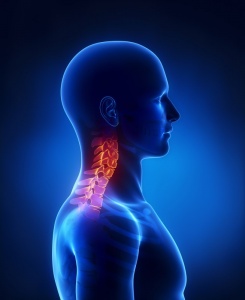 A clinical practice guideline on the management of neck pain–associated disorders (NADs) and whiplash-associated disorders (WADs) was recently developed and replaces existing chiropractic guidelines on these topics (
A clinical practice guideline on the management of neck pain–associated disorders (NADs) and whiplash-associated disorders (WADs) was recently developed and replaces existing chiropractic guidelines on these topics ( Chiropractic care is commonly thought to have a beneficial effect on the functioning of the human body by affecting the nervous system. Evidence indicates that chiropractic adjustments result in plastic changes in sensorimotor integration within the central nervous system in human participants, particularly within the prefrontal cortex. Adjustments appear to alter the net excitability of the low-threshold motor units, increase cortical drive, and prevent fatigue (
Chiropractic care is commonly thought to have a beneficial effect on the functioning of the human body by affecting the nervous system. Evidence indicates that chiropractic adjustments result in plastic changes in sensorimotor integration within the central nervous system in human participants, particularly within the prefrontal cortex. Adjustments appear to alter the net excitability of the low-threshold motor units, increase cortical drive, and prevent fatigue ( Over the last decade, research has demonstrated that spinal manipulation can change various aspects of nervous system function, including muscle reflexes, cognitive processing, reaction time, and the speed at which the brain processes information. One research group from New Zealand (Haavik et al) has hypothesized that the articular dysfunction part of the chiropractic clinical construct, the vertebral subluxation, results in altered afferent input to the central nervous system (CNS) that modifies the way in which the CNS processes and integrates all subsequent sensory input. This processing (i.e., sensorimotor integration) is a central nervous system (CNS) function that appears most vulnerable to altered inputs.
Over the last decade, research has demonstrated that spinal manipulation can change various aspects of nervous system function, including muscle reflexes, cognitive processing, reaction time, and the speed at which the brain processes information. One research group from New Zealand (Haavik et al) has hypothesized that the articular dysfunction part of the chiropractic clinical construct, the vertebral subluxation, results in altered afferent input to the central nervous system (CNS) that modifies the way in which the CNS processes and integrates all subsequent sensory input. This processing (i.e., sensorimotor integration) is a central nervous system (CNS) function that appears most vulnerable to altered inputs. Low back pain is one of the most common and often disabling problems in pregnancy. The prevalence of pregnancy related low back pain (PLBP) or pelvic girdle pain (PGP) is 20% to 90% with most studies reporting more than 50% prevalence. PGP is almost 2x more common than lumbar pain. 25% of all postpartum women suffer from PGP and/or PLBP.
Low back pain is one of the most common and often disabling problems in pregnancy. The prevalence of pregnancy related low back pain (PLBP) or pelvic girdle pain (PGP) is 20% to 90% with most studies reporting more than 50% prevalence. PGP is almost 2x more common than lumbar pain. 25% of all postpartum women suffer from PGP and/or PLBP. Infantile colic is one of the significant challenges of parenthood. It is one of the common reasons for pediatrician visits during the child’s first 3 months of life. Infantile colic is a prevalent and distressing condition for which there is no proven standard therapy, which motivates parents to seek alternatives. It is defined as paroxysms of crying lasting more than 3 hours a day, occurring more than 3 days in any week for 3 weeks (aka rule of 3) in a healthy baby aged 2 weeks to 4 months. Colic remains a poorly understood phenomenon affecting up to 30% of babies, with underlying organic causes of excessive crying accounting for less than 5% of cases. Laboratory tests and radiological examinations are unnecessary if the infant is gaining weight normally and has a normal physical examination.
Infantile colic is one of the significant challenges of parenthood. It is one of the common reasons for pediatrician visits during the child’s first 3 months of life. Infantile colic is a prevalent and distressing condition for which there is no proven standard therapy, which motivates parents to seek alternatives. It is defined as paroxysms of crying lasting more than 3 hours a day, occurring more than 3 days in any week for 3 weeks (aka rule of 3) in a healthy baby aged 2 weeks to 4 months. Colic remains a poorly understood phenomenon affecting up to 30% of babies, with underlying organic causes of excessive crying accounting for less than 5% of cases. Laboratory tests and radiological examinations are unnecessary if the infant is gaining weight normally and has a normal physical examination.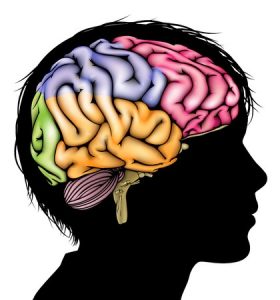 Research on chiropractic spinal manipulation (CSM) has been conducted extensively worldwide, and its efficacy on musculoskeletal symptoms has been well documented. Previous studies have documented potential relationships between spinal dysfunction and the autonomic nervous system and that chiropractic treatment affects the autonomic nervous system.
Research on chiropractic spinal manipulation (CSM) has been conducted extensively worldwide, and its efficacy on musculoskeletal symptoms has been well documented. Previous studies have documented potential relationships between spinal dysfunction and the autonomic nervous system and that chiropractic treatment affects the autonomic nervous system. 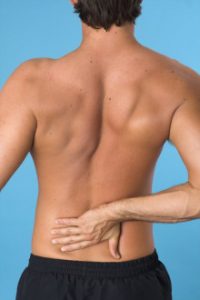 In
In 



